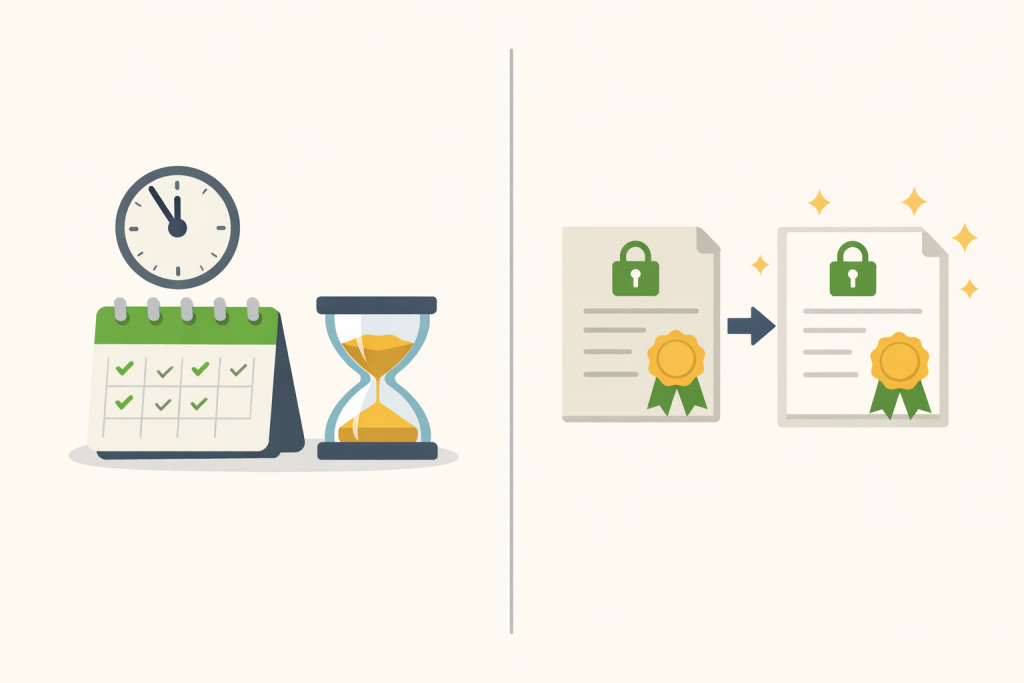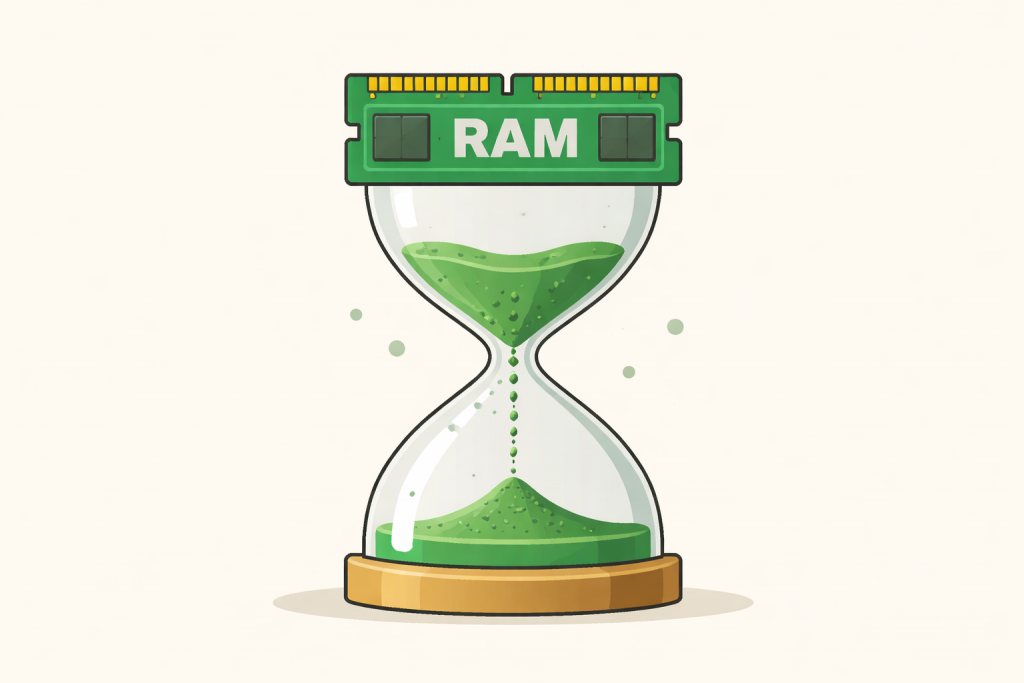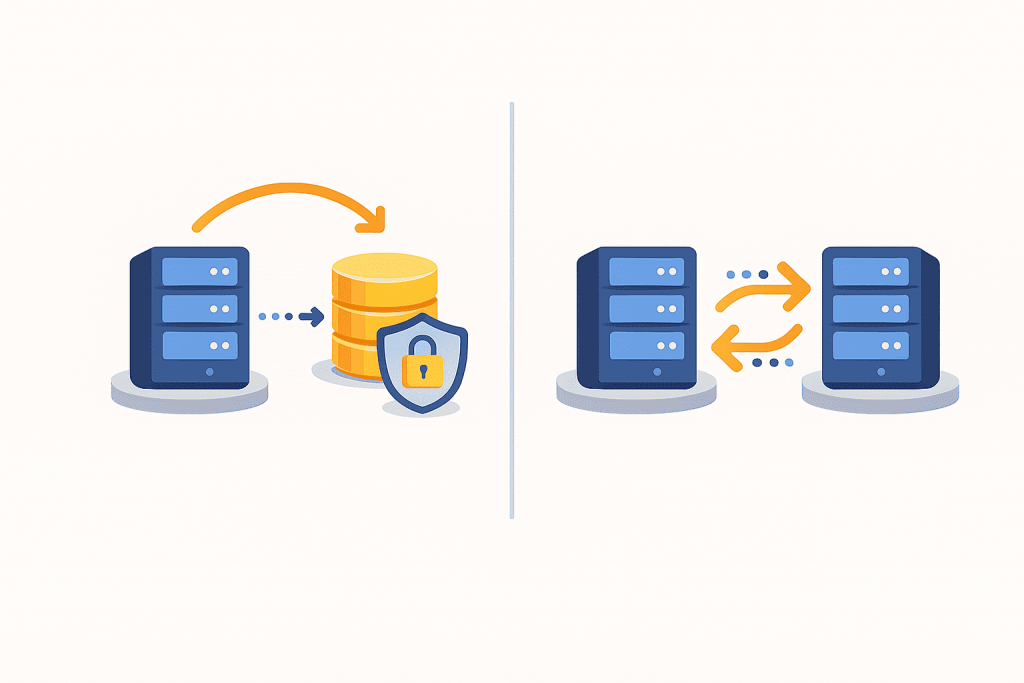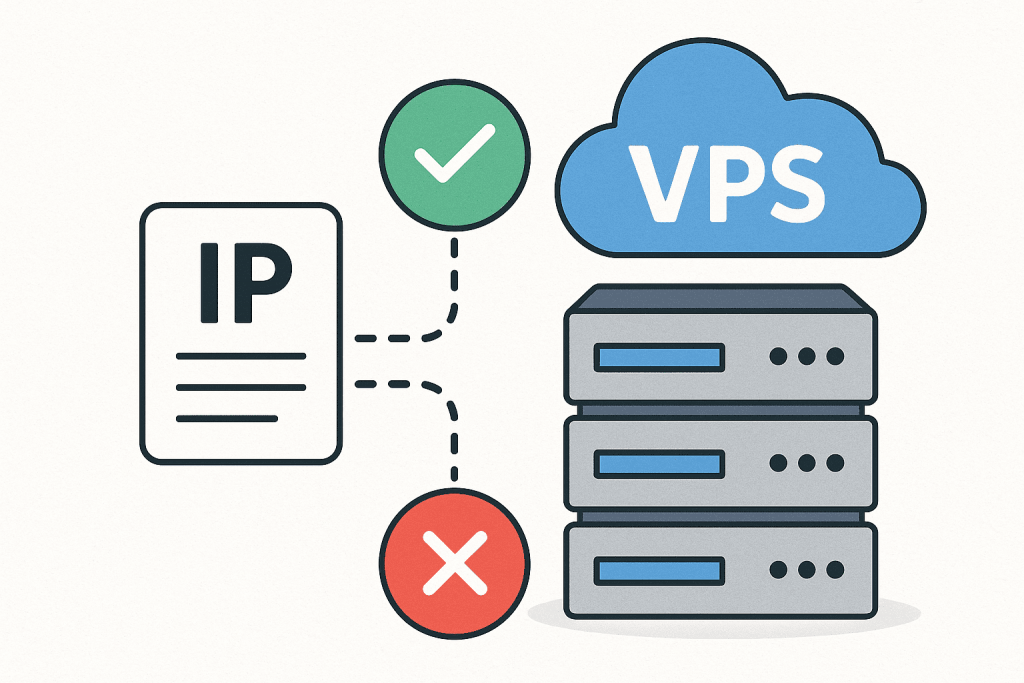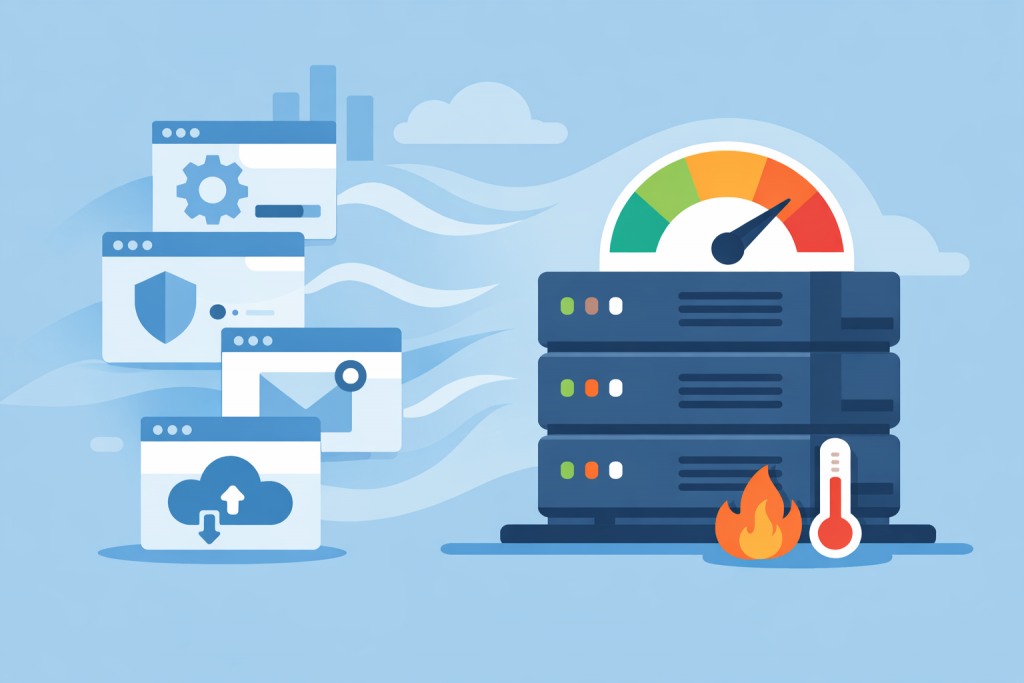
VPS is often perceived as a “clean” server where all resources are available only to a specific website or application. The user expects that if nothing unnecessary is running, the CPU, memory, and disk will be used minimally. In reality, even in a state of relative idle, a server is never completely empty. Dozens of processes constantly run in the background, invisible at first glance, but it is precisely they that gradually consume VPS resources.

